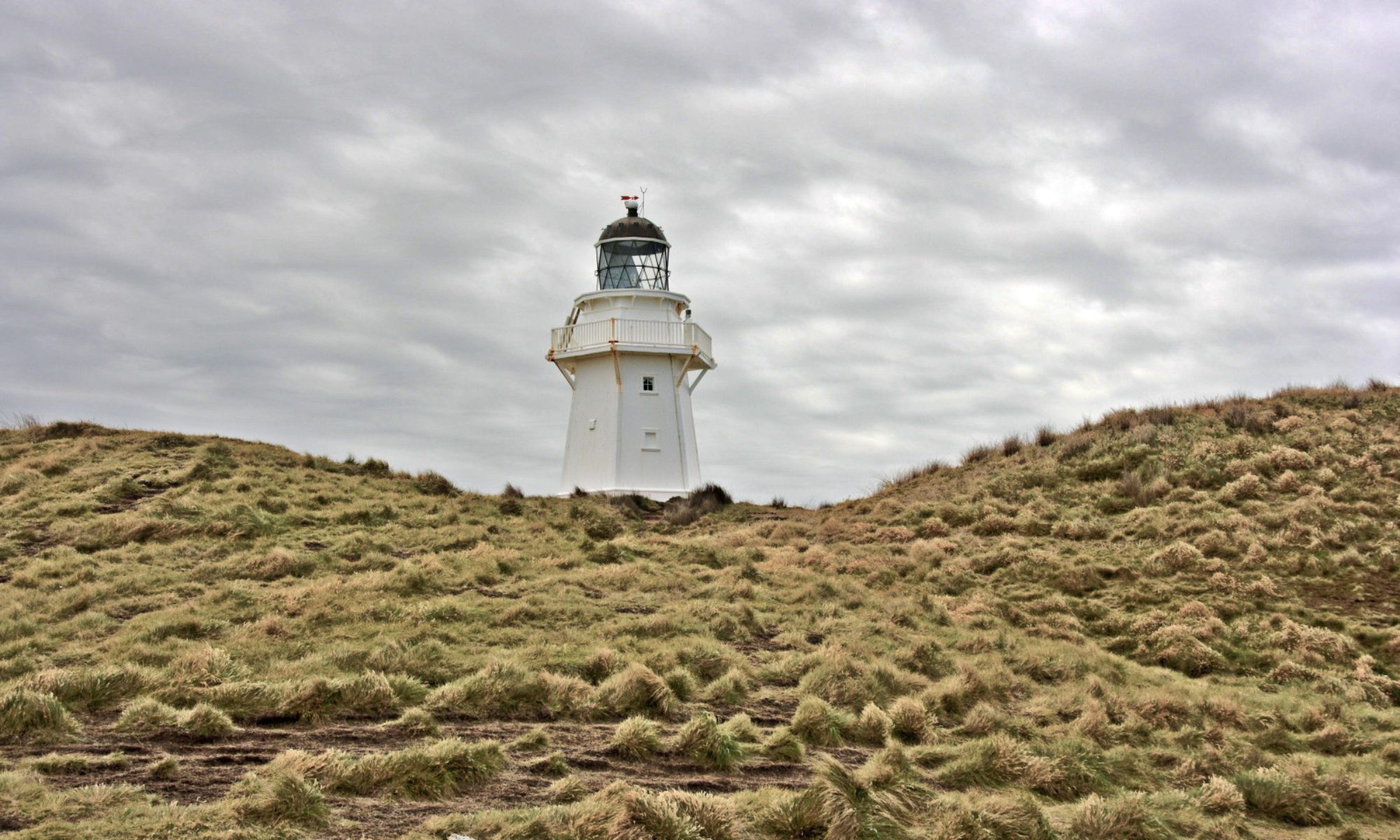After breakfast, we drive to Katima Mulilo, at the border between Namibia and Zambia. We say goodbye to our car that has led us through Namibia for 2 weeks, and a driver drives us to Kasane in Botswana. Going through the border is a painless process. The lodge at Kasane is a bit too large with too many people around, and the all-inclusive activities are organised in a somewhat clinical style. Surprisingly, despite the huge group of people massed in the foyer, there are only a handful of people on the boat for the afternoon boat cruise on the Chobe river.

This river tour was the best in terms of game viewing, as we saw countless elephants, hippos, and buffaloes. That is the first time we can see buffaloes from so close. We also see two large crocodiles from very close, as well as countless birds.

Dinner is set up outside by the pool. When we arrive, all the tables are taken, so the waitress asks us whether we would be OK to share a table. When we say sure, she asks: “but she is black, is it OK?”. During dinner we try to get our table mate to talk, but although she is very friendly she only tells us the minimum about her presence in the hotel. She is from Botswana, is here on business, works for the government in “statistics”. As the lodge also has conference rooms, where a UN event is taking place, we suspect she is a spy, but her cover withstands our queries about software used for statistics. As there is an obnoxious American staying at the hotel, who is part of the UN delegation, we secretly hope her mission consists in sending him to sleep with the fish.








































